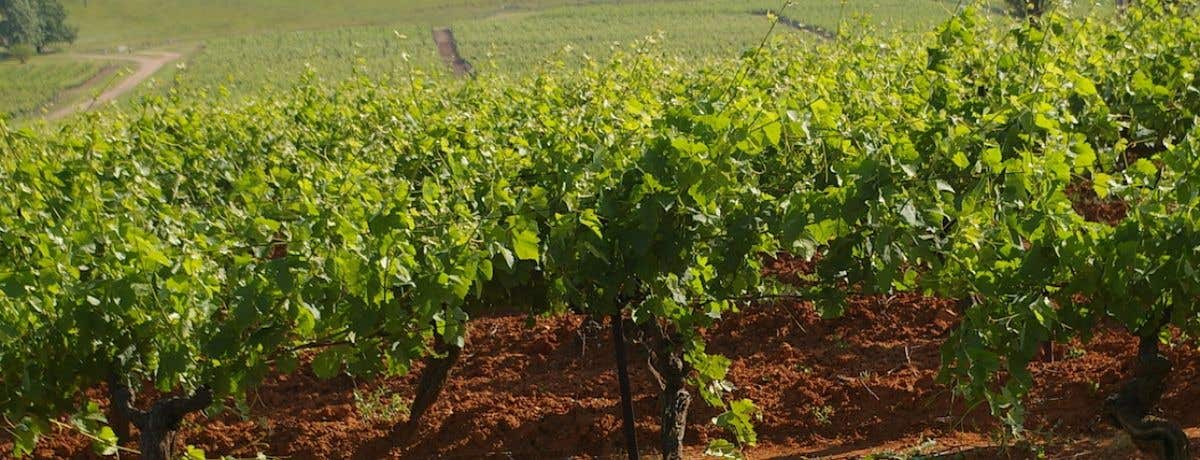New South Wales

The New South Wales wine map has been substantially redrawn since the good old days when the Australian wine industry was ruled from the Hunter Valley conveniently close to Sydney – and when the average Australian was introduced to wine via Lindemans Chablis (in fact Semillon) and McWilliam's Hermitage (Shiraz).
Today that cloudy, humid and often swelteringly hot area is known as the Lower Hunter, or simply the Hunter Valley, and is as much about tourism as about vine-growing. As well as myriad restaurants, hotels, bed and breakfasts and golf courses, it can offer a wide range of wineries, most of them open to visitors. Particularly notable are Brokenwood, Chatto, De Iuliis, Lake's Folly, McWilliam's, Margan, Petersons and Tyrrell’s (who have the distinction of having produced Australia's first commercial Chardonnay – in 1971).
The Hunter’s heavy cloud cover tends to result in wines that are lower in alcohol than the Australian norm. Its characteristic red wine Shiraz can be intriguingly earthy though is rarely a blockbuster. And its best, certainly most original, wine is its dry Semillon, which is typically picked at only about 11% alcohol and after many years in bottle can become a most extraordinarily entrancing liquid smelling of burnt toast and tasting of limes.
A good hour's drive to the north from the Lower Hunter is the newer Upper Hunter, where there is markedly lower rainfall and therefore less risk of vine disease, although both areas can be dogged by rain in the crucial pre-harvest weeks. Rosemount has been the dominant producer here, although it buys in fruit from all over the country. Its most revered wine continues to be the increasingly sophisticated Chardonnay from the nearby Roxburgh vineyard. Chardonnay is by far the dominant variety here but the subregion of Broke Fordwich is producing some distinctive Semillon.
The source of the cuttings for Tyrrell's Chardonnay was Mudgee, one of Australia's most self-sufficient and well-established wine regions on the dry (but still hot) side of the Great Dividing Range. Mudgee boasts wineries as successful as Huntington Estate, Montrose, Poet’s Corner and Botobolar, Australia's first organic wine estate. Wines here tend to full-blooded Chardonnays and Cabernets.
It is significant that when Rosemount's former winemaker planted his own vines, he chose to do so in a much cooler area than the Upper Hunter, south west of Mudgee in Orange, where higher altitudes and thus lower temperatures are producing some much finer Chardonnays and promising reds – albeit on a very small scale. Bloodwood and Brangayne are notable here.
Much longer established is Cowra even further south (due west of Sydney in fact), which has for years been growing thoroughly hedonistic, golden Chardonnay surprisingly capable of ageing. Hilltops is a relatively new, coolish region just south of Cowra and is mainly a source of fruit for wineries outside the region but there are a few promising small producers such as Barwang (owned by McWilliam’s). Tumbarumba is another new, cool wine district plundered by the big companies.
Most of the wineries in Canberra District, close to the capital, are actually in New South Wales not in the Australian Capital Territory. The highest vineyards can be pretty cool and produce delicate Pinot Noir. Some of the best producers are Clonakilla (pioneers of the Côte Rôtie-style Shiraz/Viognier blend), Lark’s Hill and Helm, the latter specialising in Riesling.
There are isolated vineyards and wineries all over Australia's most populated state, none more isolated, indeed idiosyncratic, than Cassegrain way up the coast at Port Macquarie, a region now officially called Hastings River.
But, like South Australia and Victoria, New South Wales has its giant, irrigated wine factory, this one, Riverina, completely dependent not on the Murray river but on the Murrumbidgee. This has been Australia's second most productive region after South Australia's Riverland although drought has brought pressure on water supplies and therefore wine production. Riverina was initially the prime source for the Casella family’s rampantly successful Yellow Tail brand. Griffith is distinguished by its small production of often stunningly good botrytised sweet Semillons. De Bortoli and McWilliam's are notable producers but the area is well and truly cherry picked by out-of-state wineries too. Most of the wine grown here is labelled South Eastern Australia, a vast appellation that allows blending from all of South Australia and Victoria as well as New South Wales.